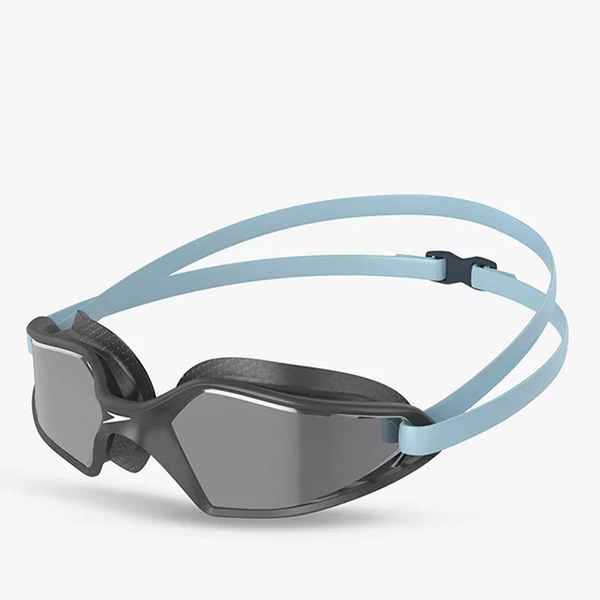How To Take Swimming To The Next Level
Mix It Up
“The worst thing you can do is plod along in the pool aiming to swim a set number of lengths. Not only will you lose motivation, this approach just isn’t that good for you. Interval training is the best way to build endurance. Try building speed length on length, then recover with a few slower lengths. Apps like MySwimIO and MySwimpro are also worth trying – they can suggest workouts and virtual challenges to keep you motivated. Once you are feeling more confident, you can experiment with other drills and intervals – doing eight sets of 50m at a solid pace with 45 seconds recovery in between each is a good place to start.” – Rowan Clarke, Swim Collective coach
Take A Deep Breath
“When you run, cycle or do a HIIT workout, there isn’t much thought that goes into the rhythm of your breathing – as you push harder, the speed of your breathing increases instinctively. Most swimmers, on the other hand, intuitively hold their breath when their face is in the water, and then quickly attempt a full exhale and inhale when turning to the side. This is both unsustainable and exhausting. Whatever stroke you’re swimming, you want your breath to be calm and relaxed – no heavier than if you were doing a brisk walk or light jog. Try letting a trickle of air out of your nose all the time your face is in the water, then take a normal-sized in-breath when your face is out of the water.” – Rowan
Don’t Compare It To Running
“Being able to run a 5k doesn’t mean swimming a 5k is straightforward. In fact, 5k is a pretty long way to swim – that’s 200 lengths of a standard 25m pool. Even a mile is roughly 1,600m – or 64 laps – so it’s already a very long way for a recreational swimmer. To put this into context, that’s almost the distance of a half Ironman swim (1.2 miles). If you’re looking to increase your fitness, a good goal to aim for would be around 500-750m. Swimming to time may be a more realistic goal – for example, aim to swim for 30 minutes, recording the distance you swim each time.” – Neil Gilson, INCUS enabled open-water swimmer
Hone Your Technique With A Buoy
“Pull-buoys and kickboards are great for breaking down your stroke and concentrating on one aspect at a time. For example, a pull-buoy will help your legs stay high in the water while you work on your pull.” – Rowan
Be Patient
“One of the most common mistakes people make when trying to improve their technique is fighting against the water, which causes significant fatigue and can be detrimental to stamina. Instead, move smoothly through the water and perfect your technique first and foremost. This will help you swim for longer and therefore increase your endurance. Set some realistic goals and build on them – record distances and times either by writing them down or tracking them with a fitness watch. Swimming is also one of the sports you can progress quickly with, and recording performance is a great way to keep yourself motivated.” – Neil
Factor In Some Yoga
“Both yoga and Pilates are great for increasing flexibility and building core strength, both of which are important for being a strong swimmer. If you can include one or two sessions a week, alongside regular swimming, this will help you improve. If yoga isn’t your thing, any type of strength and conditioning that works the muscles used during swimming will be hugely beneficial. Swimming involves lots of ‘pulling’ movements with the arms, so movements like lat pull-downs in the gym can also help. Don’t forget about stretching, especially when it comes to the upper body – shoulder mobility is hugely important in swimming.” – Neil
Remember To Refuel
“Like any workout, it’s important to eat properly afterwards to top up glycogen stores and aid muscle recovery. It’s also worth knowing that swimming can make you hungrier than other sports. One theory is that cold water stimulates a response in the brain to make you eat, while another suggests being in cold water makes you burn more calories, which would explain why you feel hungry after a swim. You use nearly every muscle in your body when swimming, so think about your post-swim nutrition.” – Neil
Be A Better Swimmer With Neil’s Top Stroke Tips…
Front Crawl
Keep Your Head Straight: Imagine you have a laser beam coming out of the centre of your forehead. Aim to keep this beam on the wall at the end of the pool.
Be Smooth & Strong: Front crawl is not about getting your arms in and out of the water as quick as possible. Imagine there’s a box in front of you and that you are carefully slotting each hand into the box as you rotate around 45 degrees for each stroke. This will train you to be smoother, faster and more efficient.
Backstroke
Engage Your Core: Keep your body as flat as possible by squeezing your glutes through to your core. Push your hips to the ceiling.
Maintain Rhythm: Look to bring the exiting arm out of the water as the other is entering to keep a constant rhythm.
Breaststroke
Don’t Kick Too Wide: Use a narrower but more powerful motion to reduce drag and increase speed.
Hold Your Breath: During the glide phase, hold your breath for as long as possible to increase buoyancy and swim efficiency. Push forward with power on each stroke, stretching as far forward as possible to get the full length of the stroke.
Think About Timing: An efficient breaststroke is all about timing. Arm pull, push, quickly followed by the kick, then glide.
For more, visit ThirdSpace.London, LevelWater.org & IncusPerformance.com
Shop Our Product Edit
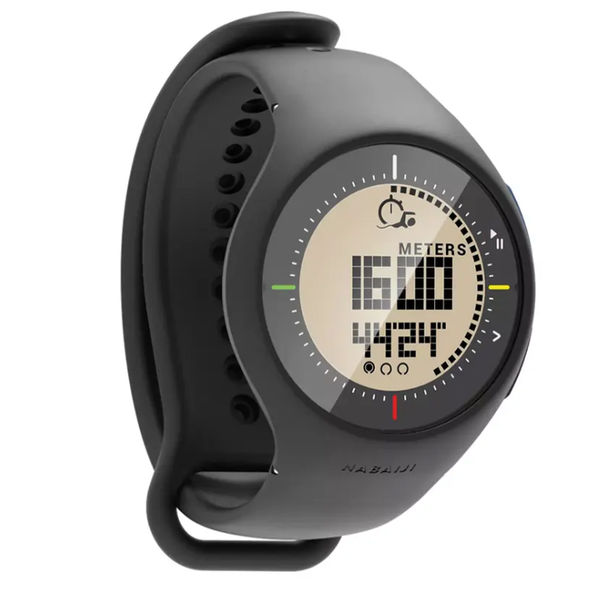
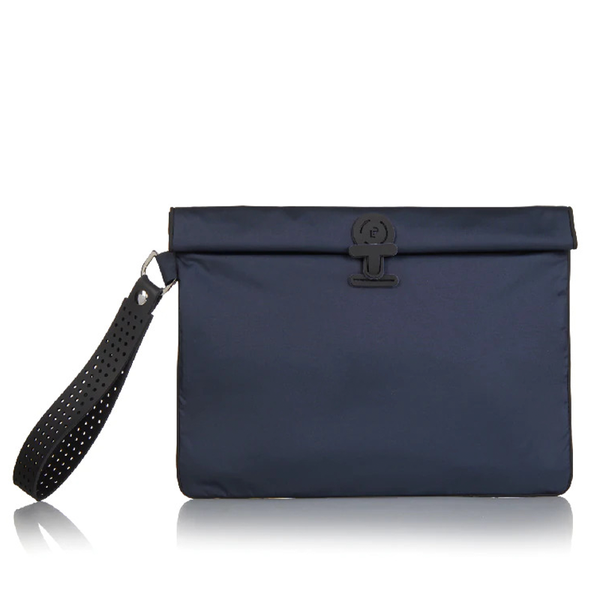

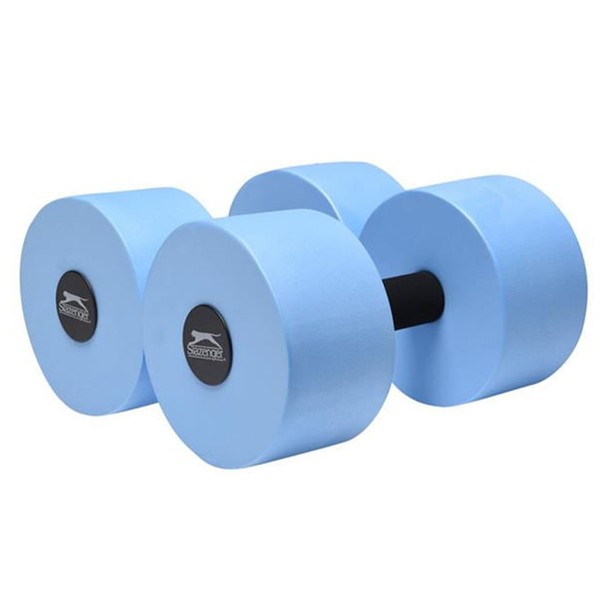
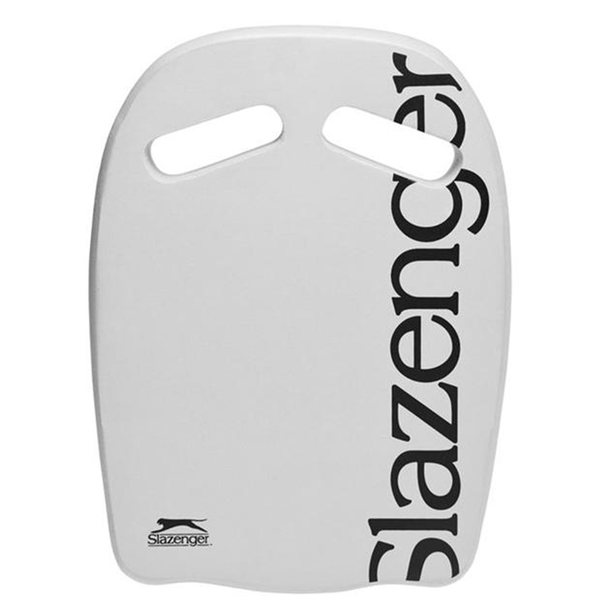
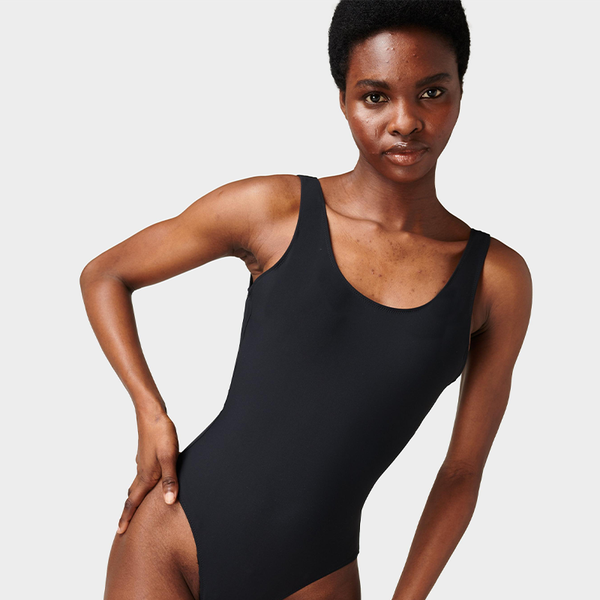
DISCLAIMER: We endeavour to always credit the correct original source of every image we use. If you think a credit may be incorrect, please contact us at info@sheerluxe.com.

